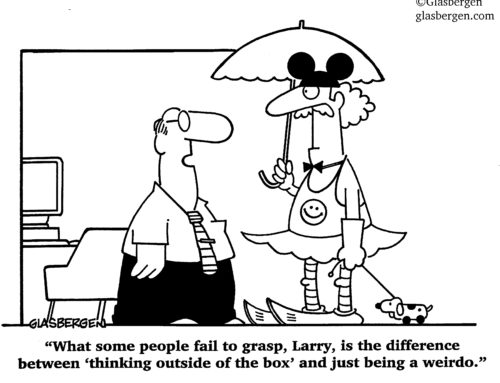Albert Einstein said; “If I had an hour to solve a problem and my life depended on the answer, I would spend the first 55 minutes figuring out the proper questions to ask. For if I knew the proper questions, I could solve the problem in less than 5 minutes. Question everything”
Einstein’s curiosity led him to breakthrough thinking, and while my brain certainly cannot compare with his, I’m convinced that we should constantly ask ourselves questions, such as: “Why are we doing it this way? What are we trying to achieve? Is there a more efficient process? Who is the best person to do this task? etc. etc.”
It’s all to do with another ‘Q’ – quality – which should be the hallmark of everything we do. We’ll never do things better if we don’t frequently question everything we do, starting from the assumption that everything we do can always be improved.
When we encounter a problem we can go for a ‘quick fix’ but will probably find that the problem rears its ugly head again. One popular quality tool to help find the root cause of a problem is called the ‘5 whys’ and it’s all about asking the right questions.
Talichi Ohno, the creator of the 5-Why technique, is quoted using the following example to demonstrate using 5-Why’s for root cause analysis:
1. “Why did the robot stop?”
The circuit has overloaded, causing a fuse to blow.
2. “Why is the circuit overloaded?”
There was insufficient lubrication on the bearings, so they locked up.
3. “Why was there insufficient lubrication on the bearings?”
The oil pump on the robot is not circulating sufficient oil.
4. “Why is the pump not circulating sufficient oil?”
The pump intake is clogged with metal shavings.
5. “Why is the intake clogged with metal shavings?”
Because there is no filter on the pump.
By asking ‘why’ 5 times he discovered what was really causing the problem.
This technique can be applied to anything we’re doing and is a great way to prevent the old, “We’ve always done it that way” syndrome. This is a fantastic team activity – everyone can help to formulate and answer the questions leading to continuous improvement that will benefit the organisation and everyone who works for it.



